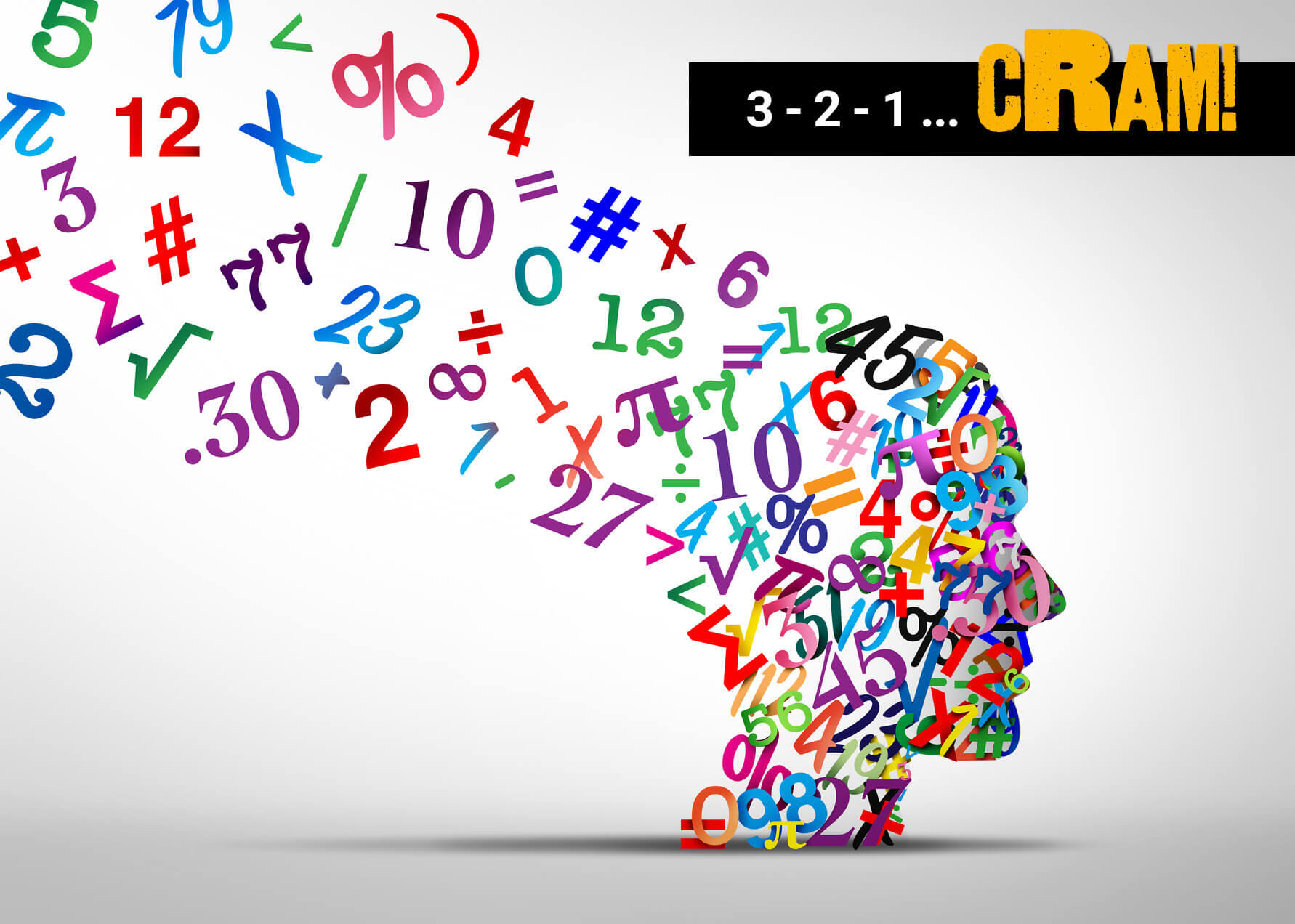
Oct. 28, 2024
cRam Session: Seeing, Playing, Deciding – This is Math?
Share this story
cRam Session is a VCU News feature that highlights the breadth of offerings in the VCU Bulletin course catalog and the wide-ranging expertise of the instructors. Teaching assistant professor Andy Bristow teaches in the Department of Mathematics and Applied Mathematics. He shares quick insights from his course Seeing, Playing, Deciding – This is Math?
What is your favorite assignment you have students do?
Do you remember playing table games like chess, Life, Monopoly, Sorry, Trouble and Risk? Would it surprise you that you share this experience with individuals who lived almost 5,000 years ago? The Royal Game of Ur dates back to 2600-2400 B.C., with instructions for the game being discovered in an engraved cuneiform tablet.
In my class, at the end of our probability and game unit, students research and replicate a historical board game. Partnering with The Workshop, located in the basement of Cabell Library, students are trained to use the laser engraver, 3D printers and other programs to create game pieces, and they use Adobe Illustrator to design a game board. Students also produce a report outlining the game’s history, rules of play, the mathematical underpinnings of the game’s structure and any gameplay strategies. They even record a short video, no more than five minutes, that summarizes their report.
I love how the project highlights students’ creativity and helps them improve their technical writing and verbal communication skills.
How does an element of this subject intersect intriguingly with a different field?
Election Day often includes many local races. Most Americans make a single choice, the votes are tallied, and whoever has the most is declared the winner. This is often referred to as plurality voting – and while efficient, it can be problematic in a race with many candidates. That’s because the percentage of votes needed to win shrinks.
Recently, legislators have passed bills across the country allowing localities to adopt ranked-choice voting for local governing bodies, in which voters rank candidates by preference. In 2023, Arlington County became the first locality in Virginia to implement ranked-choice voting, and Charlottesville is set to do so in 2025. Does allowing voters to rank candidates provide for more representative outcomes? Does it increase voter turnout? These are among questions being asked in localities across the country, and in my class, we explore them and examine other methods for determining the winner of an election.
Tell us something surprising or truly notable about your course’s subject.
Constructing shapes – geometry – has long been one of the most fascinating branches of math. You can visualize a straightedge (or ruler) and a compass, and these tools are at the heart of what we call Euclidean construction. But in terms of shapes, the ancient Greeks couldn’t figure out how to use these tools to solve several problems, including how to double a cub and trisect an angle. Mathematicians spent nearly 2,000 years wrestling with these problems.
In 1837, French mathematician Pierre Wantzel published a paper providing mathematical proofs that a straightedge and compass alone couldn’t double a cube and trisect an angle. In my class, this helps us explore, compare and contrast what shapes can be created in Euclidean Geometry and what is known as Origami Geometry – yes, as in the art of folding paper. Euclid’s principles and origami’s Huzita-Hatori axioms provide us with rules we can build upon to construct things, with Origami Geometry helping us solve two of the problems that stumped the ancient Greeks.
Subscribe to VCU News
Subscribe to VCU News at newsletter.vcu.edu and receive a selection of stories, videos, photos, news clips and event listings in your inbox.





